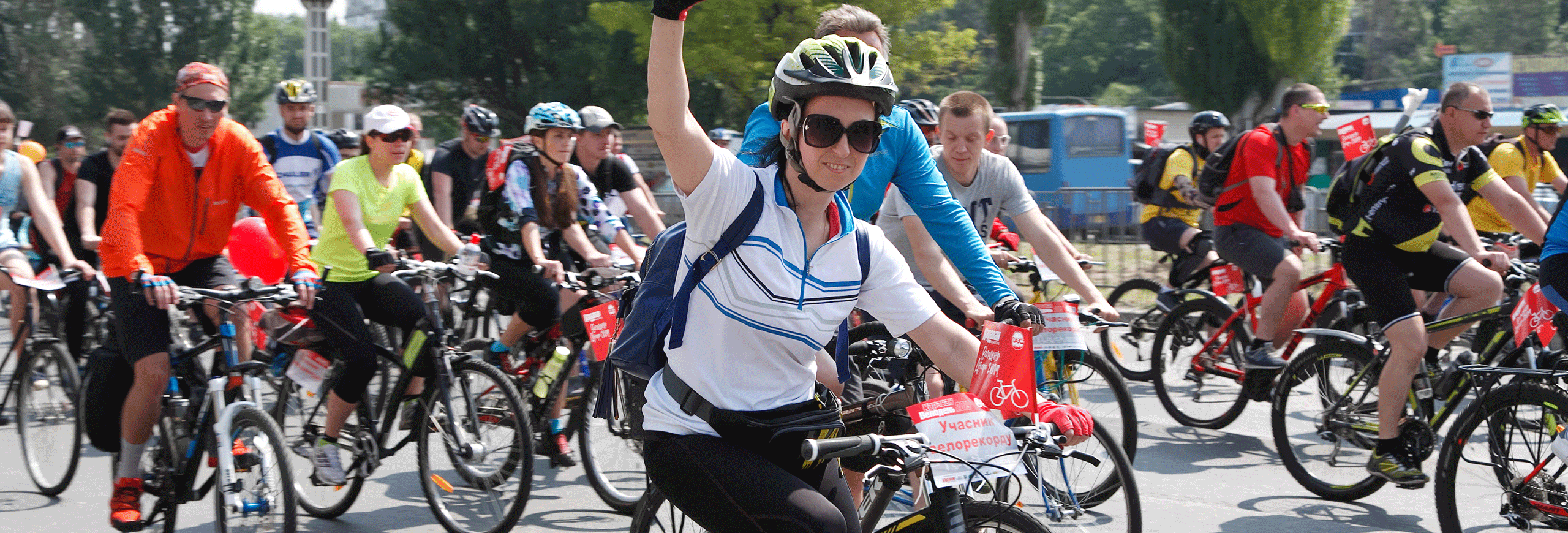Cycling is a great way to stay fit and active, and it's also a fun hobby that anyone can take part in, there is a wide range of cycles for all abilities available. Whether you're just getting started or looking for new routes to explore, this guide will give you all the information you need to start enjoying cycling today!
Here's How to Start Cycling
If you've never ridden a bike before, then you might not know what kind of equipment you'll need. There is a wide range of bikes with the most obvious ones being road bikes and mountain bikes. Road bikes are designed for predominantly flat roads and smooth surfaces.
Mountain bikes are more suited to rough terrain and off-road paths. A good local bike shop is a good place to start, you’ll be able to try a variety of cycles and get expert advice.
Choose The Right Bike
Before buying any type of bike to start cycling with, consider how much use you plan to get out of it, this will help you budget accordingly. If possible trying a variety of different bikes is a good idea, this will help you decide what you feel most comfortable and confident about.
Where will you cycle your bike?
When choosing a bike, consider the type of terrain where you plan to ride. For example, if you live in a city, you might choose a road bike because it is more suited to road cycling. However, if you live in the country, you might prefer a mountain bike or hybrid-style bike because it is easier for you to navigate bough roads and off-road tracks.
Learn About Proper Gear Fit.
If you're new to cycling, you'll need to start with some basic gear. First, you'll need to consider a helmet. Make sure it fits properly and has a chin strap. Next, choose a pair of gloves that fit well and protect your hands. Then, select a pair of shoes that are appropriate for the terrain where you ride and the type of pedal that your bike is fitted with. Finally, choose a water bottle that's easy to carry and will keep you hydrated.
When you first get started, you might want to invest in a bike computer. These devices track your speed, distance travelled, calories burned, and other information. You can use them to keep track of your progress and see if you're meeting your fitness goals.
Know When to Cycle.
Once you've chosen your equipment, you'll need to decide how often you plan to ride. If you're just starting out, you might consider taking a few rides per week. As you become more comfortable, you can gradually increase your frequency.
The best thing about cycling is that once you have the equipment it's free to ride. You don't need to train before you go. And if you want to get fit, you don't need to join a gym. Just hop on your bike and head out the door.
If you're new to cycling, there are some things you should know before you hit the road. First, you'll want to choose a route that fits into your schedule. A short ride around the block might be enough to get you started, but if you'd prefer to explore the countryside, consider taking a longer trip. Cycling can be thirsty work, especially if you're planning on exploring the countryside. Bring plenty of water, and drink often.
Be Aware of Road Hazards Before Cycling.
It's important to be aware of road hazards when cycling. This includes cars, other cyclists, pedestrians, animals, and even weather conditions. We recommend that you should always wear a helmet and use lights at night.
Cyclists should always be aware of road hazards. These include cars, other cyclists, animals, and weather conditions. Always wear proper safety gear such as helmets and reflective clothing. Use lights when you are cycling at night. If you're cycling in bad weather, consider taking shelter from rain or snow. And if you see a car approaching, move into the rightmost lane until it passes.
Also, if you are cycling in a group, make sure that there is enough space between you and other riders. Finally, never assume that a driver sees a cyclist.
See our A No-Nonsense Guide For The Beginner Cyclist for more great tips!
See our partners work at Portfolio.


